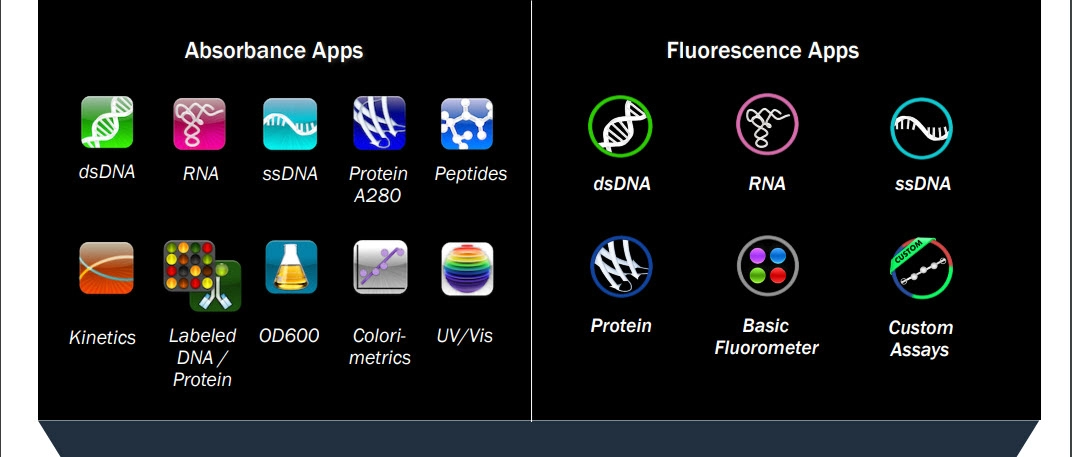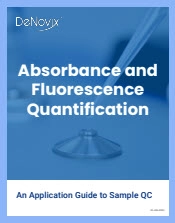
Absorbance and Fluorescence Quantification: An Application Guide to Sample QC

Practical insights into leveraging absorbance and fluorescence techniques for accurate sample quantification and quality control (QC)
This essential guide explores complementary measurement methods to address a range of quality control applications, ensuring reliable data across diverse sample types.
Ideal for rapid and accurate measurement of nucleic acids and proteins. Provides valuable data on sample purity, including detection of
contaminants.Suitable for highly concentrated, purified samples.
Best for detecting low-abundance samples below UV-Vis absorbance thresholds. Employs secondary fluorophore reporters for enhanced sensitivity. Effective in the presence of contaminants or buffer elements that interfere with absorbance measurements.
Recommendations on when to use absorbance, fluorescence, or a combination of both. Strategies for optimizing QC workflows based on sample type and experimental needs.

DOWNLOAD THIS EBOOK TO LEARN MORE

Become a member and enjoy exclusive benefits
Create an account now for exclusive benefits, personalized recommendations, and seamless order tracking. Elevate your lab experience today!